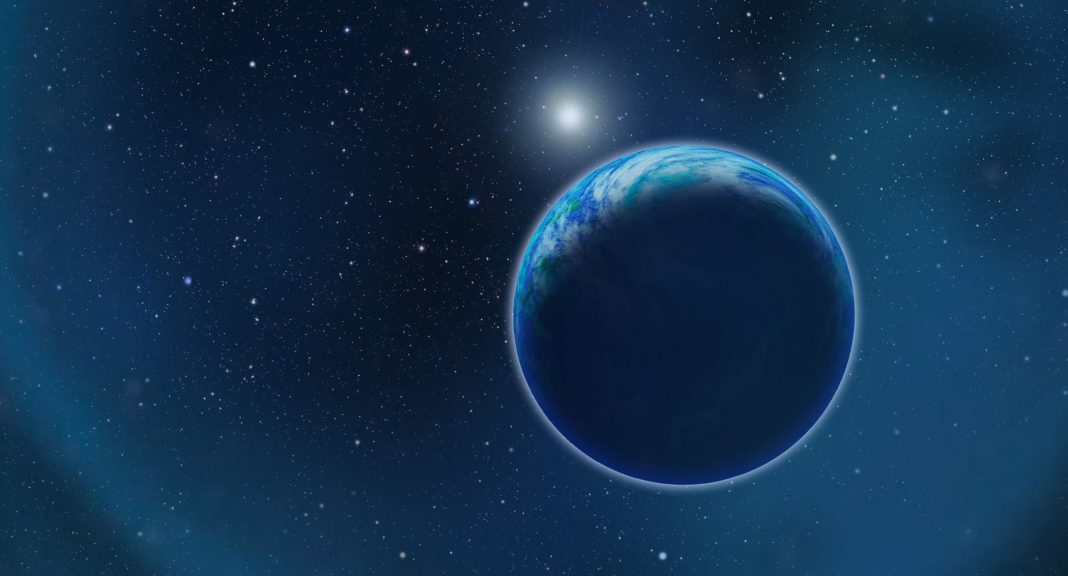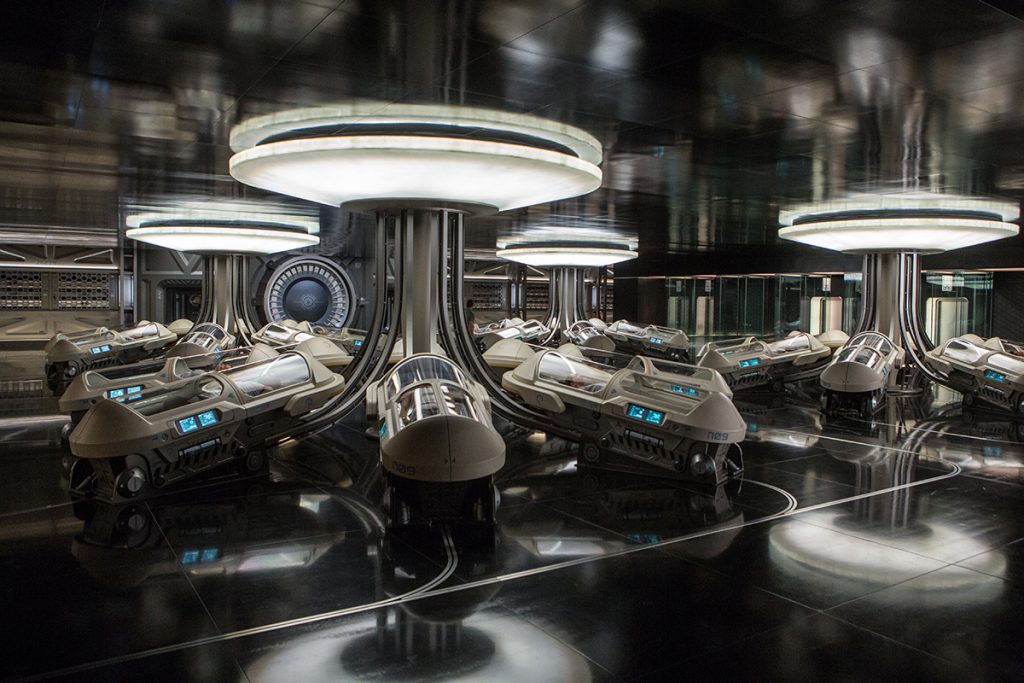The interest in alien life has been apparent for thousands of years, even back to the times of Greek philosophers like Epicurus and Democritus. Lucky for us, we have the advantage of having technology on our side which should, in theory, make things a little easier for us and as part of the search researchers are now turning to exoplanets in an attempt find alien life.
Just two months ago a team of researchers at the University of Cambridge and the University of Liege discovered that nearby star TRAPPIST-1A is orbited by seven planets that are all similar to Earth in terms of their size and mass. Also, all seven are temperate and could potentially be habitable. TRAPPIST-1A is classed as an ultra-cool dwarf and is one of the smallest types of stars to exist. It’s not a place that would have been searched for alien life previously, but scientists are now considering that perhaps they should have been concentrating here.
Ultra-cool dwarfs have many advantages to them. One is that they’re easily identifiable. The TRAPPIST-1 planets were detected as they passed in front of their star. This is known as a transit and when it occurs it casts a shadow whose depth reveals how much of the stellar surface is being hidden by the planet. It basically means that the deeper the shadow, the bigger the planet. With ultra-cool dwarfs being so small an Earth-sized planet moving in front of it is very obvious indeed.
During the planet’s transit, any gasses in the atmosphere change the way in which starlight shines through and with ultra-cool dwarfs that are boosted by about 80 percent. Set to launch in 2018, the James Webb Space Telescope will be the perfect piece of kit for detecting the atmospheric composition of the TRAPPIST-1 planets helping in the search for alien life. It will also help to find new Earth-sized planets that may also be worth exploring.
Of course, the discovery of real life will be difficult and we will need to rely on the detection of several gasses before any signs of life could be considered. For example, it’s possible that stellar flares could build up oxygen levels without there being any presence of life. All seven planets included in the TRAPPIST-1 system are important as they originate from the same nebular chemistry and can be compared to one another. It’s also easier to weed out false positives in dwarf stars.
Using the TRAPPIST (Transiting Planets and Planetesimals Small Telescopes) facility, researchers are hoping to discover more Earth-sized planets around dwarf stars over the next five years or so. Anything we can learn from studying these dwarf stars is definitely worth knowing and will help us uncover more deep dark secrets of the universe.
More News to Read
- Are You Ready to Wire Your Brain to the Internet?
- AI Will Take Your Job Away? Try to Learn These Programming Languages
- Europe Takes Quantum Computing to the Next Level With this Billion Euro Project
- Can a Video Really Teach Artificial Intelligent Common Sense?
- Climate Change is Real – Climate Change is Here











